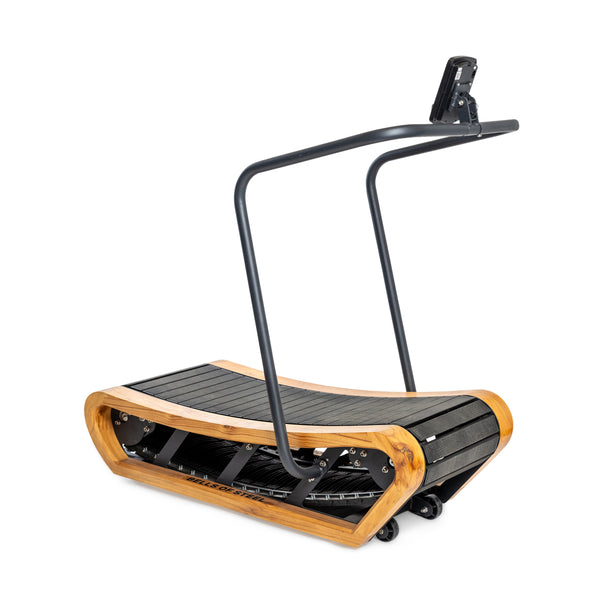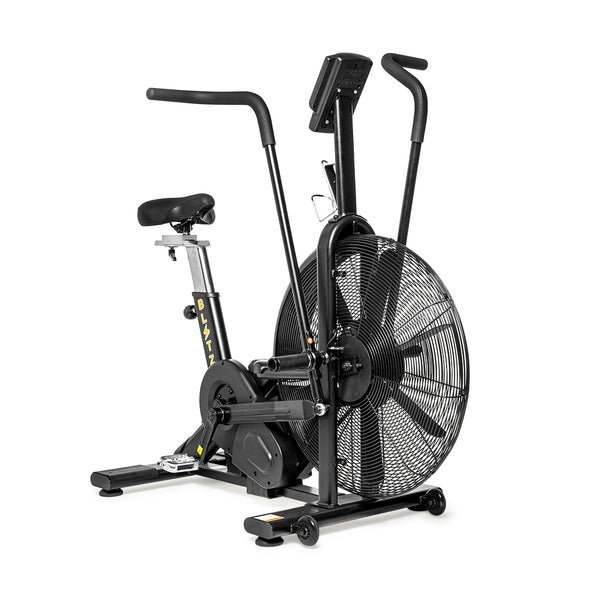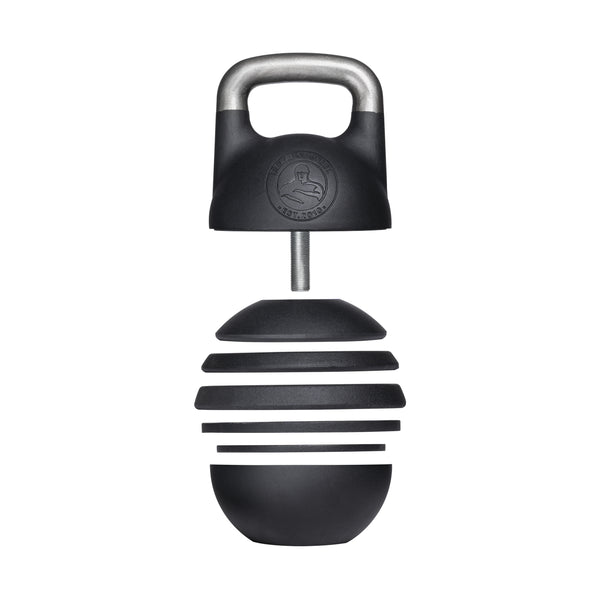People toss around “cardio” and “conditioning” like they’re the same thing but they’re not. Both improve your fitness, but they target different systems and deserve different places in your training plan. If you lift weights and care about performance, longevity, or sports, understanding the difference helps you train smarter and avoid burning out your hard-earned strength.
What Is Cardio?
The steady engine: aerobic work
Cardio (short for cardiovascular exercise) usually means steady-state, aerobic activity: think jogging, cycling, brisk walking, or a long row. Cardio primarily trains your heart, lungs, and slow-twitch muscle fibers. It improves:
-
Aerobic capacity (VO₂ max over time)
-
Fat-burning efficiency and basic endurance
-
Recovery between sets and sessions
Typical cardio sessions are longer (20–90 minutes), done at low-to-moderate intensity, and are purposely less taxing on your nervous system than hard lifting.
What Is Conditioning?
The sport-ready system: work capacity and intensity
Conditioning is broader and more performance-driven. It targets work capacity—how much high-intensity work you can do before performance collapses. Conditioning often lives in the anaerobic world: intervals, sled pushes, circuits, and mixed-modal metcons. Benefits include:
-
Improved repeated-sprint ability and anaerobic threshold
-
Better recovery between intense efforts (rounds, rounds, rounds)
-
Practical fitness for sports and functional demands
Conditioning sessions are usually shorter but higher intensity (e.g., HIIT, 6–20 minutes of intervals, or 20–30 minute mixed circuits).
Key Differences at a Glance
|
Feature |
Cardio (Aerobic) |
Conditioning |
|
Primary system |
Aerobic (heart & lungs) |
Anaerobic + aerobic (work capacity) |
|
Typical duration |
20–90 min |
6–30 min (intense) or 20–30 min mixed |
|
Intensity |
Low–moderate |
Moderate–very high |
|
Goal |
Endurance, recovery, health |
Performance, sport readiness, metabolic power |
Why Both Matter for Strength Athletes
-
Cardio improves recovery between sets and between training days; a better aerobic base helps you do volume without collapsing.
-
Conditioning builds work capacity, letting you finish heavy circuits, perform multiple hard sets, or play sports without gasping.
-
Neither needs to cannibalize strength—but programming matters. Too much hard conditioning at the wrong time can blunt strength progress.
How to Incorporate Cardio and Conditioning into Strength Training
Prioritize: strength first, then condition (usually)
If your primary goal is strength or hypertrophy, do heavy lifting when you’re freshest. Follow these rules of thumb:
-
Same day, separate sessions: Lift in the morning, do conditioning later (or vice versa) with several hours between.
-
Same session: Do strength first, conditioning second. Conditioning before max strength increases fatigue and reduces performance.
-
Frequency: 2–4 steady-state cardio sessions per week for base; 1–3 conditioning sessions per week depending on recovery and goals.
Use intensity and volume intelligently
-
For cardio: 30–60 minutes at conversational pace improves recovery and aerobic base.
-
For conditioning: 10–20 minutes of intervals (e.g., 30/30, 1:1 work-to-rest, or Tabata) or 15–25 minute circuits that are sport-specific.
Tools and modalities
-
Aerobic cardio: treadmill walking/jogging, steady rowing, long bike sessions.
-
Conditioning: sled pushes, assault/air bike, prowler, circuit with kettlebells/dumbbells, short sprint intervals.
-
Home gym fit: use what you already have—rower + air bike + sled/Blitz manual treadmill for a complete toolkit.
Sample Weekly Template (Strength Priority)
-
Mon: Heavy lower (squats/deads) + short, easy 10–20 min bike cooldown
-
Tue: Conditioning HIIT (10–15 min intervals)
-
Wed: Heavy upper + 30–40 min steady-state row/walk
-
Thu: Active recovery or mobility
-
Fri: Dynamic lower / speed work + 10–15 min sled or bike work
-
Sat: Longer aerobic session (45–60 min hike, row, or bike)
-
Sun: Rest or mobility
FAQ: Cardio vs. Conditioning
Will conditioning ruin my strength gains?
Not if you program it. Avoid maximal conditioning hard sessions on the same day as heavy squats or deadlifts. Keep intensity and volume in check and prioritize recovery and nutrition.
How often should I do HIIT conditioning?
Once to three times per week, depending on fitness level and recovery. Beginners should start with one session and build slowly.
Is steady-state cardio bad for muscle growth?
No. Moderate aerobic work actually helps recovery and can assist body composition. Keep sessions moderate in duration and intensity if hypertrophy is your main goal.
Which is better for fat loss, cardio or conditioning?
Both help. Conditioning burns more calories per minute and improves metabolic conditioning; steady-state cardio is easier to recover from and can be done longer for total calorie burn. Use a mix.
Should I do conditioning in the morning or evening?
Do it when you can be consistent. For strength-first athletes, schedule conditioning several hours away from lifting or on separate days.
Cardio vs. Conditioning: Both are Good
Treat cardio as the engine and conditioning as the gearbox. Build a base with regular, moderate aerobic work (2–4 sessions/week), and add targeted conditioning (1–3 sessions/week) that matches your sport or goals. Always prioritize heavy lifts, then layer conditioning smartly: separate sessions when possible, shorter and intense when not. Track recovery (sleep, HR, performance), and adjust volume if your strength stalls.
Want a ready plan? Start with two aerobic days (30–40 minutes), one conditioning session (10–15 minutes of intervals), and three strength sessions. Tweak intensity, frequency, and modality over 4–8 weeks based on how your lifts respond. Train smart, recover better, and the gains will show up—no drama, just results.



